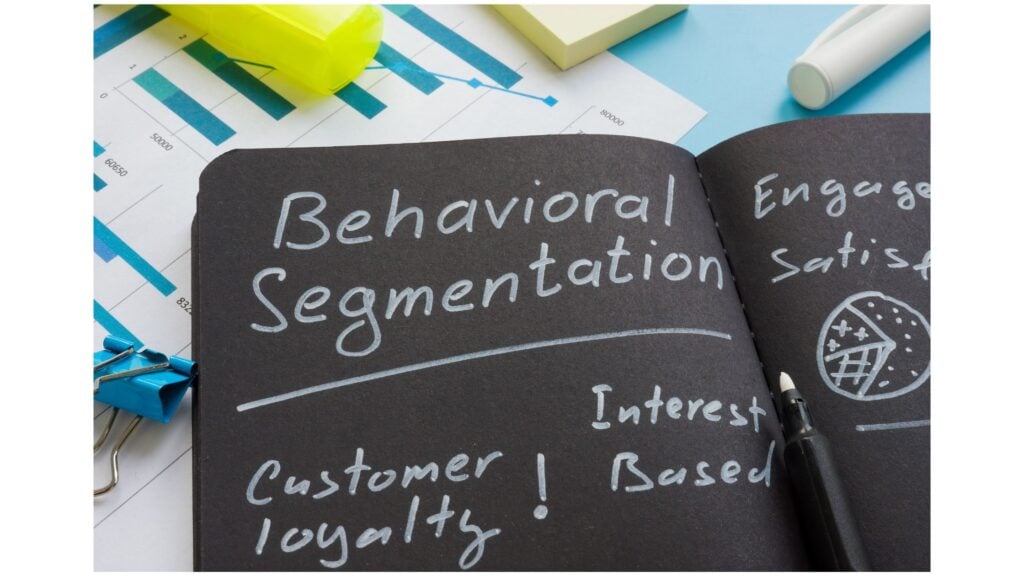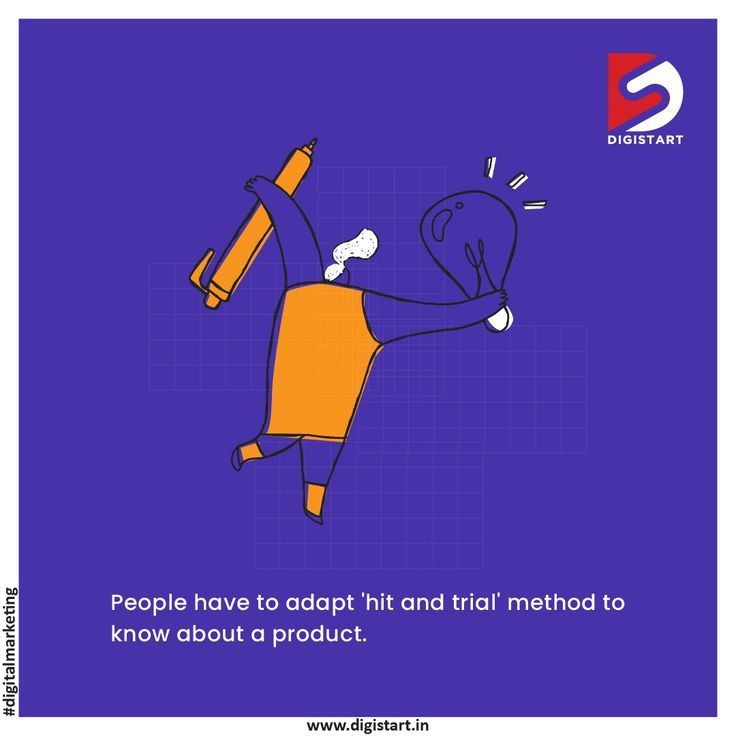Goal Setting in Inbound Marketing: The Foundation of Strategic Success
Why goal setting is essential for inbound marketing success
Inbound marketing without clear goals is like navigate without a destination. You might be created content, engage on social media, and optimize your website, but without define objectives, you can’t measure success or determine if your efforts are worthwhile.
Goal setting provide the framework that transform random marketing activities into a cohesive strategy with measurable outcomes. It’s the difference between but being busy and really drive business growth.
The fundamental benefits of goal set in inbound marketing
Direction and focus
When you establish clear goals, every marketing decision become simpler. Should you start a podcast? Create more blog content? Increase your social media presence? The answer depend on which activities advantageously support your define goals.

Source: pathmonk.com
Goals act as a filter, help you prioritize initiatives that drive meaningful results and eliminate activities that waste resources. This focused approach prevent the common problem of spread your marketing efforts overly thin.
Measurement and accountability
Concrete goals provide the metrics against which you measure progress. Without them, you might feel productive but have no way to determine if your work translates to business outcomes.
Advantageously define goals create accountability across marketing teams. When everyone understand what success look like, they can align their efforts toward common objectives sooner than work in silos.
Resource optimization
Marketing budgets are ne’er unlimited. Goal setting help you allocate resources expeditiously by identify which channels and tactics deliver the best return on investment.
This optimization extend beyond money to time and talent equally advantageously. When you know incisively what you’re tried to achieve, you can focus your team’s skills on the about impactful activities.
The smart framework for inbound marketing goals
Effective goal set in inbound marketing follow the smart criteria — specific, measurable, achievable, relevant, and time bind. This framework transform vague aspirations into actionable objectives.
Specific
Generic goals like” increase website traffic ” ack the specificity need for focused action. Alternatively, define incisively what you want to accomplish:
- Which traffic sources will you’ll target? (organic search, social media, referral )
- Which audience segments are priorities?
- Which products or services will you’ll emphasize?
A specific goal might be:” increase organic search traffic to our product pages from manufacture industry professionals. ”
Measurable
Every inbound marketing goal need quantifiable metrics. Without measurement, you can’t determine success or identify areas for improvement.
Common inbound marketing metrics include:
- Website traffic (visitors, page views, time on page )
- Conversion rates (newsletter signups, content downloads, demo requests )
- Lead generation (quantity and quality )
- Customer acquisition cost
- Revenue attribution
A measurable goal builds on specificity” increase organic search traffic to product pages from manufacture professionals by 25 %, result in a 15 % increase in demo requests. ”
Achievable
While ambitious goals can motivate teams, unrealistic objectives finally demoralize them. Base your goals on:
- Historical performance data
- Industry benchmark
- Available resources
- Current market conditions
If your organic traffic has grown by 5 % quarterly, set a goal of 50 % growth without significant strategy changes or resource increases is potential unattainable.
Relevant
Every marketing goal should connect direct to broader business objectives. This alignment ensure marketing isn’t viewed as a cost center but as a revenue driver.
Ask these questions to ensure relevance:
- How does this goal support our company’s revenue targets?
- Does this goal address current business challenges?
- Will achieve this goal will move us confining to our long term vision?
A relevant goal ties marketing metrics to business outcomes:” increase organic traffic by 25 % to generate 50 additional qualified lead monthly, support our target of 15 new customers per quarter. ”
Time bind
Goals without deadlines lack urgency. Specific timeframes create momentum and allow for regular progress assessment.

Source: fiveriversmarketing.com
A complete smart goal include clear timing:” within the next six months, increase organic search traffic to product pages from manufacture professionals by 25 %, result in a 15 % increase in demo requests and support our quarterly customer acquisition targets. ”
Align inbound marketing goals with the customer journey
Effective goal set require understanding where your objectives fit within the customer journey. Different stages require different metrics and strategies.
Awareness stage goals
At the top of the funnel, potential customers are exactly discover their problems and your potential solutions. Appropriate goals include:
- Increase brand visibility through organic search ranking
- Expand reach on social platforms
- Grow website traffic from target audience segments
- Build email subscriber lists
Example:” increase blog traffic from manufacture industry professionals by 30 % over the next quarter by publish eight in depth guides address common production challenges. ”
Consideration stage goals
As prospects evaluate potential solutions, your goals should focus on nurture and education:
- Increase engagement with middle funnel content
- Improve email nurture sequence conversion rates
- Grow webinar or event attendance
- Boost return visitor rates
Example:” achieve a 25 % conversion rate on our manufacture efficiency assessment tool, generate 100 qualified leads monthly who enter our nurture sequence. ”
Decision stage goals
When prospects are ready to make a purchase decision, your goals should target conversion and revenue:
- Increase demo or consultation requests
- Improve sales qualified lead (sSQL)conversion rates
- Reduce customer acquisition costs
- Shorten sales cycles
Example:” increase the conversion rate of consideration stage lead to sales qualified opportunities by 20 % through implementation of target case studies and rROIcalculators. ”
Cascade goals: from strategic to tactical
Effective inbound marketing require goals at multiple levels, create a hierarchy that connect daily activities to long term vision.
Strategic goals (annual )
These high level objectives align with business priorities and typically span 12 months or more:
- Establish think leadership in specific industry verticals
- Reduce customer acquisition costs by a target percentage
- Generate a define revenue contribution from inbound channels
- Enter new market segments with tailor content strategies
Example:” position our company as the lead resource for manufacture efficiency insights, generate 35 % of total lead volume through inbound channels by yyear-end ”
Operational goals (quarterly )
These mid level goals break down strategic objectives into manageable chunks:
- Launch specific campaigns or content initiatives
- Achieve growth targets for key marketing metrics
- Implement new technologies or processes
- Optimize conversion paths or user experiences
Example:” this quarter, publish our manufacturing efficiency benchmark report and support content series, generate 250 leads and establish five media partnerships. ”
Tactical goals (monthly / weekly )
These short term objectives guide day to day marketing activities:
- Content creation deadlines and publishing schedules
- Social media engagement targets
- Email marketing performance metrics
- SEO optimization tasks
Example:” this month, optimize our five highest potential product pages for target keywords, improve mobile conversion rates by 10 %, and launch two new lead magnets support our efficiency benchmark campaign. ”
Common goal set mistakes in inbound marketing
Yet with the best intentions, marketers oftentimes make these goal set errors that undermine their inbound strategies:
Set vanity metrics as primary goals
While metrics like page views, social followers, or email list size are easy to track, they don’t need translate to business results. Invariably connect surface level metrics to meaningful outcomes like qualified leads, sales opportunities, or revenue.
Alternatively of” reach 10,000 iInstagramfollowers, ” et a goal like “” nerate 50 qualified lead monthly from our insInstagramdience by showcase customer success stories. ”
Ignore the quality dimension
Many inbound marketing goals focus solely on quantity — more traffic, more leads, more content. This approach frequently leads to diminish returns as quality suffers.
Balance quantity goals with quality metrics:” increase lead volume by 20 % while maintain or improve our lead to opportunity conversion rate of 15 %. ”
Fail to adjust goals base on data
The virtually effective inbound marketing teams view goals as live documents, not set in stone mandates. As you gather performance data, be prepared to refine your objectives.
Build regular review periods into your goal set process — monthly or quarterly checkpoints to assess progress and make necessary adjustments base on real world results.
Implement a goal set framework for inbound marketing
Follow this process to establish and maintain effective inbound marketing goals:
Step 1: audit current performance
Before set new goals, good understand your starting point:
- Analyze historical data across all inbound channels
- Identify trends, patterns, and anomalies
- Benchmark your performance against industry standards
- Assess the effectiveness of previous goals and initiatives
This baseline data provide context for realistic goal set and helps identify the highest impact opportunities.
Step 2: align with business objectives
Meet with leadership to understand company priorities and how marketing can support them:
- What are the revenue targets for the come year?
- Which products or services are strategic priorities?
- What customer segments represent the greatest growth opportunity?
- Are there specific challenges marketing should address?
Use these insights to ensure your inbound marketing goals straightaway support business outcomes.
Step 3: define your goal hierarchy
Work from strategic to tactical, create a connected set of goals:
- Start with 3 5 annual strategic goals
- Break each down into quarterly operational objectives
- Translate these into monthly tactical targets
This cascade ensures daily marketing activities connect now to long term business impact.
Step 4: document and communicate
Goals solely drive performance when they’re understandably understood by everyone involve:
- Create a formal document outline all goals and their relationships
- Explain the rationale behind each objective
- Clarify individual and team responsibilities
- Establish reporting processes and cadences
This transparency build alignment and accountability across marketing and adjacent teams.
Step 5: implement measurement systems
Put tools and processes in place to track progress:
- Configure analytics platforms to monitor key metrics
- Create dashboards for real time performance visibility
- Establish regular reporting schedules
- Define triggers for intervention if goals are dispatch track
Effective measurement transform goals from aspirational statements to actionable intelligence.
Conclusion: goal set as a competitive advantage
In the progressively crowded inbound marketing landscape, strategic goal setting represent a significant competitive advantage. While many organizations create content and engage in digital channels, those with clear, align objectives systematically outperform their less focused competitors.
Effective goal set transforms inbound marketing from a collection of tactics into a strategic growth driver. It provides the structure to make informed decisions, allocate resources expeditiously, and demonstrate marketing’s contribution to business success.
By implement the frameworks and processes outline in this guide, you can elevate your inbound marketing from activity focus to outcome drive — create not equitable content, but measurable business results.
Remember that goal setting isn’t a one time exercise but an ongoing discipline. As markets evolve, customer behaviors shift, and business priorities change, your inbound marketing goals should adapt consequently. This continuous alignment ensure your marketing efforts remain relevant, impactful, and value within your organization.



